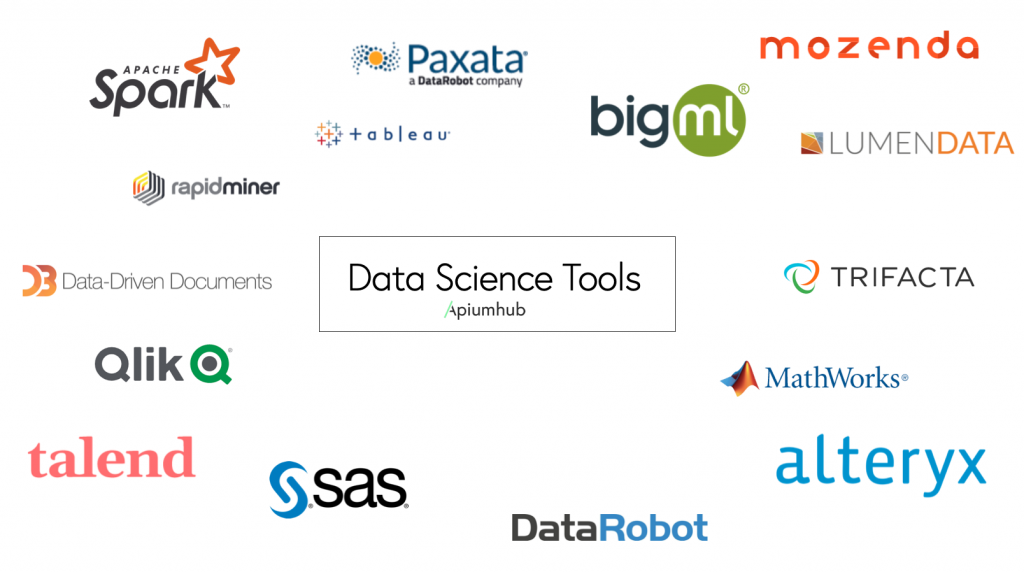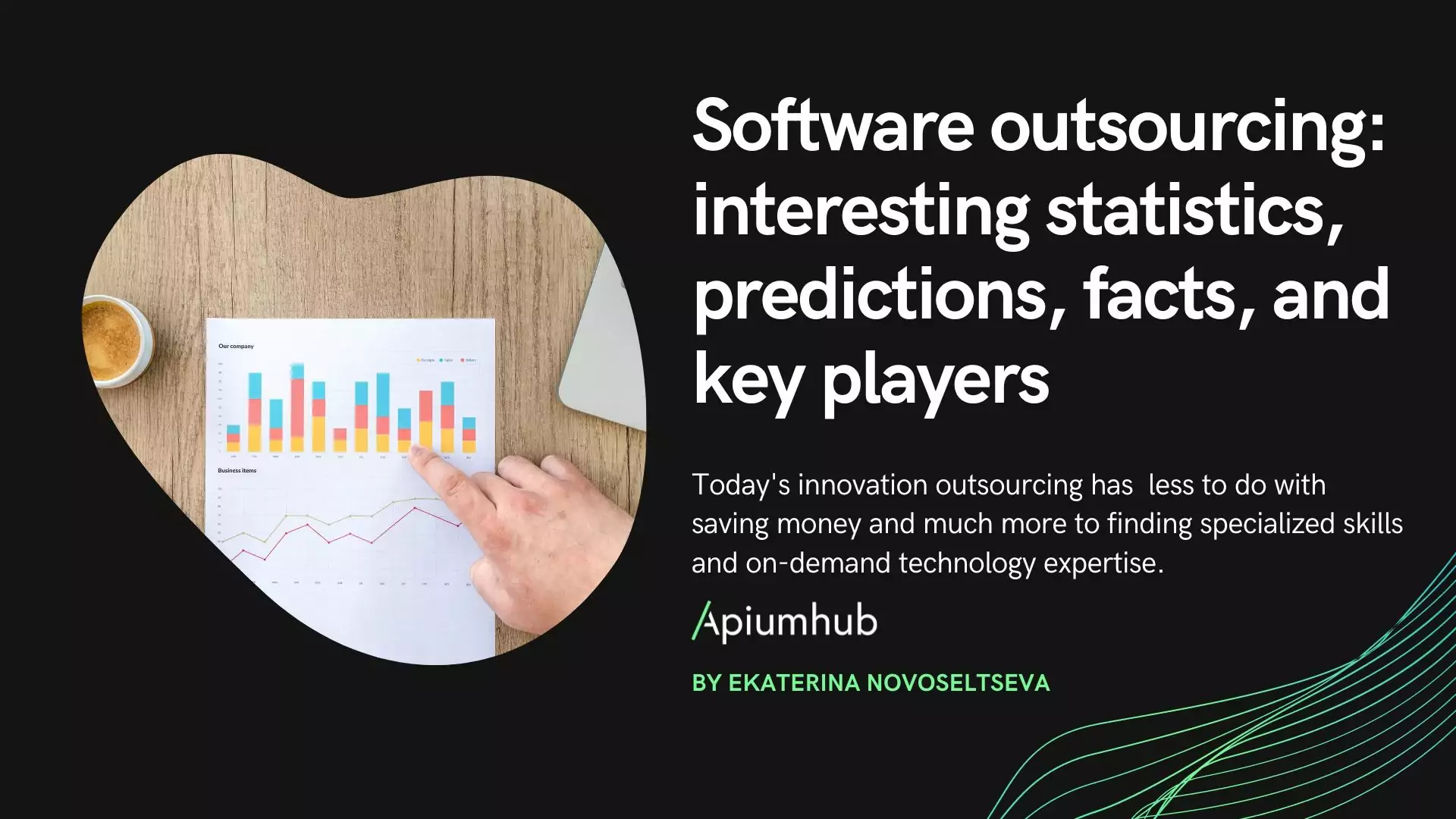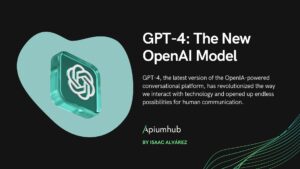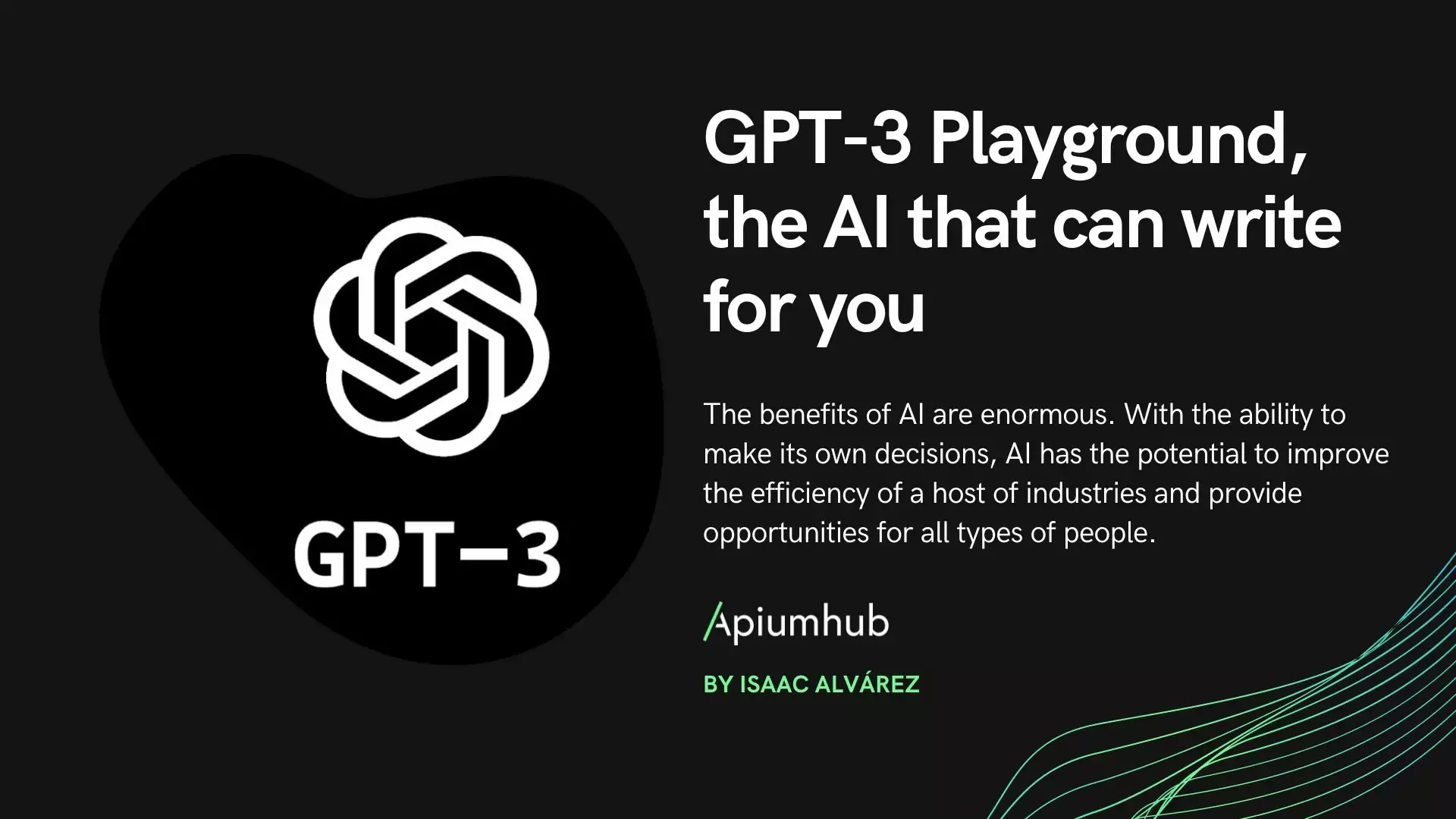Table of Contents
Data science continues to evolve as one of the most promising and in-demand career paths and services. It is a forward-looking approach, an exploratory way with the focus on analyzing the past or current data and predicting the future outcomes with the aim of making informed decisions. Companies collect a ton of data, and much of the time it’s neglected or underutilized. This data, through meaningful information extraction and discovery of actionable insights, can be used to make critical business decisions and drive significant business change. It can also be used to optimize customer success and subsequent acquisition, retention, and growth. This is achieved with data science and today we are going to discuss what Data Science is and what are the most common Data Science use cases.
What is Data Science?
Data science is a multidisciplinary blend of data inference, algorithmm development, and technology in order to solve analytically complex problems, extracting knowledge and insights from many structural and unstructured data.
Data science is a “concept to unify statistics, data analysis and their related methods”. Data science deals with vast volumes of data using modern tools and techniques to find unseen patterns, derive meaningful information, and make business decisions.
Data science lets you:
- Find the leading cause of a problem by asking the right questions
- Perform exploratory study on the data
- Model the data using various algorithms
- Communicate and visualize the results via graphs, dashboards, etc.
Data Science is about identifying relevant questions, collecting data from a multitude of different data sources, organize the information, translate results into solutions, and communicate their findings in a way that positively affects business decisions.
Here is a list of the most common data science deliverables
- Prediction (predict a value based on inputs)
- Classification (e.g., spam or not spam)
- Recommendations (e.g., Amazon and Netflix recommendations)
- Pattern detection and grouping (e.g., classification without known classes)
- Anomaly detection (e.g., fraud detection)
- Recognition (image, text, audio, video, facial, …)
- Actionable insights (via dashboards, reports, visualizations, …)
- Automated processes and decision-making (e.g., credit card approval)
- Scoring and ranking (e.g., FICO score)
- Segmentation (e.g., demographic-based marketing)
- Optimization (e.g., risk management)
- Forecasts (e.g., sales and revenue)
Data Science pillars
1. Machine Learning
Machine learning is the backbone of data science.
2. Modeling
Mathematical models enable you to make quick calculations and predictions based on what you already know about the data. Modeling is also a part of ML and involves identifying which algorithm is the most suitable to solve a given problem and how to train these models.
3. Statistics
Statistics are at the core of data science. A sturdy handle on statistics can help you extract more intelligence and obtain more meaningful results.
4. Programming
Programming is required to execute a successful data science project. The most common programming languages are Python, and R. Python is especially popular because it’s easy to learn, and it supports multiple libraries for data science and ML.
5. Databases
Understand how databases work, how to manage them, and how to extract data from them.
Data science use cases
Nearly any business process can be made more efficient through data-driven optimization, and nearly every type of customer experience (CX) can be improved with better targeting and personalization.
With Data Science you can understand the precise requirements of your customers from the existing data like the customer’s past browsing history, purchase history, age and income. No doubt you had all this data earlier too, but now with the vast amount and variety of data, you can train models more effectively and recommend the product to your customers with more precision.
- Banks
For example, if you are providing money on credit, then the probability of customers making future credit payments on time is a matter of concern for you. Here, you can build a model that can perform predictive analytics on the payment history of the customer to predict if the future payments will be on time or not.
- Police
For example, an urban police department created statistical incident analysis tools to help officers understand when and where to deploy resources in order to prevent crime. The data-driven solution creates reports and dashboards to augment situational awareness for field officers.
- Airlines
Another good example is airline industry, with the help of data science, airlines can optimize operations in many ways, including: plan routes and decide whether to schedule direct or connecting flights, build predictive analytics models to forecast flight delays, offer personalized promotional offers based on customers booking patterns, decide which class of planes to purchase for better overall performance.
- Self-Driving Cars
Tesla, Ford and Volkswagen are all implementing predictive analytics in their new wave of autonomous vehicles. These cars use thousands of tiny cameras and sensors to relay information in real-time. Using machine learning, predictive analytics and data science, self-driving cars can adjust to speed limits, avoid dangerous lane changes and even take passengers on the quickest route.
- Healthcare
Data science has led to a number of breakthroughs in the healthcare industry. With a vast network of data now available via everything from EMRs to clinical databases to personal fitness trackers, medical professionals are finding new ways to understand disease, practice preventive medicine, diagnose diseases faster and explore new treatment options. Data Science improves patient diagnoses by analyzing medical test data and reported symptoms so doctors can diagnose diseases earlier and treat them more effectively
- Cybersecurity
International cybersecurity firm Kaspersky is using data science and machine learning to detect over 360,000 new samples of malware on a daily basis. Being able to instantaneously detect and learn new methods of cybercrime, through data science, is essential to our safety and security in the future.
- Logistics
UPS turns to data science to maximize efficiency, both internally and along its delivery routes. The company’s on-road Integrated Optimization and Navigation (ORION) tool uses data science-backed statistical modeling and algorithms that create optimal routes for delivery drivers based on weather, traffic, construction, etc. It’s estimated that data science is saving the logistics company up to 39 million gallons of fuel and more than 100 million delivery miles each year.
- Finance
Machine learning and data science have saved the financial industry millions of dollars, and unquantifiable amounts of time. For example, JP Morgan’s Contract Intelligence (COiN) platform uses Natural Language Processing (NLP) to process and extract vital data from about 12,000 commercial credit agreements a year. Thanks to data science, what would take around 360,000 manual labor hours to complete is now finished in a few hours. Additionally, fintech companies like Stripe and Paypal are investing heavily in data science to create machine learning tools that quickly detect and prevent fraudulent activities.
- Entertainment
Using data science, the music streaming giant Spotify can carefully curate lists of songs based off the music genre or band you’re currently into. Also, Netflix data mines movie viewing patterns to understand what drives user interest, and uses that to make decisions on which Netflix original series to produce.
- E-commerce
Amazon’s recommendation engines suggest items for you to buy, determined by their algorithms.
- Marketing
Organizations are using data science to turn data into a competitive advantage by refining products and services to etermining customer churn by analyzing data collected from call centers, so marketing can take action to retain them.
In Gartner’s recent survey of more than 3,000 CIOs, respondents ranked analytics and business intelligence as the top differentiating technology for their organizations. The CIOs surveyed see these technologies as the most strategic for their companies, and are investing accordingly.
The demand for data science platforms has exploded in the market. In fact, the platform market is expected to grow at a compounded annual rate of more than 39 percent over the next few years and is projected to reach US$385 billion by 2025.
“Information is the oil of the 21st century, and analytics is the combustion engine.”
— Peter Sondergaard
Here is the list of 15 best data science tools
This tool is an all-powerful analytics engine and it is the most used Data Science tool. Spark is specifically designed to handle batch processing and Stream Processing. It comes with many APIs that facilitate Data Scientists to make repeated access to data for Machine Learning, Storage in SQL, etc. Spark has many Machine Learning APIs that can help Data Scientists to make powerful predictions with the given data.
2. SAS
This tool specializes in statistical operations. It is used by large organizations to analyze data. SAS uses base SAS programming language which for performing statistical modeling. It is widely used by professionals and companies working on reliable commercial software. While SAS is highly reliable and has strong support from the company, it is highly expensive and is only used by larger industries.
3.BigML
BigML, it is another widely used Data Science Tool. It provides a fully interactable, cloud-based GUI environment that you can use for processing Machine Learning Algorithms. For example, it can use this one software across for sales forecasting, risk analytics, and product innovation. BigML specializes in predictive modeling.
4. D3.js
D3.js, a Javascript library allows you to make interactive visualizations on your web-browser. With several APIs of D3.js, you can use several functions to create dynamic visualization and analysis of data in your browser. Another powerful feature of D3.js is the usage of animated transitions. D3.js makes documents dynamic by allowing updates on the client side and actively using the change in data to reflect visualizations on the browser.You can combine this with CSS to create illustrious and transitory visualizations that will help you to implement customized graphs on web-pages.
5. MATLAB
MATLAB facilitates matrix functions, algorithmic implementation and statistical modeling of data. In Data Science, MATLAB is used for simulating neural networks and fuzzy logic. Using the MATLAB graphics library, you can create powerful visualizations. MATLAB is also used in image and signal processing. This makes it a very versatile tool for Data Scientists as they can tackle all the problems, from data cleaning and analysis to more advanced Deep Learning algorithms. It also helps in automating various tasks ranging from extraction of data to re-use of scripts for decision making.
6. Tableau
Tableau is a Data Visualization software that is packed with powerful graphics to make interactive visualizations. It is focused on industries working in the field of business intelligence. The most important aspect of Tableau is its ability to interface with databases, spreadsheets, OLAP (Online Analytical Processing) cubes, etc. Along with visualizations, you can also use its analytics tool to analyze data. Tableau comes with an active community and you can share your findings on the online platform. Getting started is as easy as dragging and dropping a dataset onto the application while setting up filters and customizing the dataset is a breeze.
It offers comprehensive end-to-end analytics, advanced data calculations, effortless content discoveries, fully protected system that reduces security risks to the bare minimum.
7. Qlik
It lets you consolidate, search, visualize, and analyze all your data sources with just a few clicks.
It is a visual analytics platform that supports a range of use cases such as centrally deployed guided analytics apps and dashboards, custom and embedded analytics, and self-service visualization as well, all within a scalable and governed framework. Users are also allowed to create interactive data visualizations to present the outcome in storytelling form with the help of drag and drop interface. Qlik Sense offers a centralized hub that allows every user to share and find relevant data analyses. The solution is capable of unifying data from various databases, including IBM DB2, Cloudera Impala, Oracle, Microsoft SQL Server, Sybase, and Teradata. Key strengths of Qlik sense are: associative model, interactive analysis, interactive storytelling and reporting, robust security, big and small data integration, centralized sharing and collaboration, hybrid multi-cloud architecture.
8. RapidMiner
Rapid Miner is a data science platform developed mainly for non-programmers and researchers for quick analysis of data. The user has an idea in their mind, and easily creates processes, import data into them, run them over and throw a prediction model. RapidMiner claims to make data science teams more productive through a lightning-fast platform that unifies data prep, machine learning, and model deployment. It is a platform with Code-optional with guided analytics With more than 1500 function, it allows users to automate predefined connections, built-in templates, and repeatable workflows.
9. DataRobot
DataRobot offers a machine learning platform for data scientists of all skill levels to build and deploy accurate predictive models in a fraction of the time it used to take. It aims to automate the end-to-end process of building, deploying and maintaining your AI.
10. Alteryx
Searching relevant information to be analyzed can be time-consuming and unproductive, resulting in recreating assets that already exist within the organization since they can be challenging to find. Alteryx allows the user to quickly and easily find, manage, and understand all the analytical information that resides inside the organization. The tool accelerates the end-to-end analytic process and dramatically improve analytic productivity and information governance, generating better business decisions for all. The tool allows the user to connect to data resources like Hadoop and Excel, bringing them into Alteryx workflow and joining them together. Regardless of data being structured or unstructured, the tool allows creating the right data set for analysis or visualization by using data quality, integration, and transformation tools.
Alteryx offers a quick-to-implement, end-to-end analytics platform that empowers business analysts and data scientists alike to break data barriers and deliver game-changing insights that are solving big business problems. The Alteryx platform is self-serve, click, drag-and-drop for hundreds of thousands of people in leading enterprises all over the world.
11. Paxata
Paxata is the pioneer in intelligently empowering all business consumers to transform raw data into ready information, instantly and automatically, with an intelligent, self-service data preparation application built on a scalable, enterprise-grade platform powered by machine learning.
12. Trifacta
Trifacta’s mission is to create radical productivity for people who analyze data. They are deeply focused on solving the biggest bottleneck in the data lifecycle, data wrangling, by making it more intuitive and efficient for anyone who works with data. Their main product is the Wrangler. Wrangler helps data analysts clean and prepare messy, diverse data more quickly and accurately. Simply import your datasets to Wrangler and the application will automatically begin to organize and structure your data. Wrangler’s machine learning algorithms will even help you to prepare your data by suggesting common transformations and aggregations. When you’re happy with your wrangled dataset, you can export the file to be used for data initiatives like data visualization or machine learning.
13. Lumen Data
LumenData is a leading provider of Enterprise Information Management solutions with deep expertise in implementing Data persistence layers for data mastering, prediction systems, and data lakes as well as Data Strategy, Data Quality, Data Governance, and Predictive Analytics. Its clients include Autodesk, Bayer, Bausch & Lomb, Citibank, Credit Suisse, Cummins, Gilead, HP, Nintendo, PC Connection, Starbucks, University of Colorado, the University of Texas at Dallas, Weight Watchers, Westpac, and many other data-dependent companies.
14. Talend
The tool is known to yield software solutions for data preparation, integration, and application integration. Real-time statistics, easy scalability, efficient management, early cleansing, faster designing, better collaboration, and native code are the advantages of this tool.
15. Mozenda
Mozenda is an enterprise cloud-based web-scraping platform. It helps companies collect and organize web data most efficiently and cost-effectively possible. The tool has a point-to-click interface and user-friendly UI. The tool has two parts- an application to build the data extraction project and Web Console to run agents, organize results, and export data. It is easy to integrate and allows users to publish results in CSV, TSV, XML, or JSON format.

If you need any help with Data Science projects, you can count on us, we are here to help!
And if you would like to suggest other Data Science tools, feel free to mention them in the comments section below!
Author
-
Ekaterina Novoseltseva is an experienced CMO and Board Director. Professor in prestigious Business Schools in Barcelona. Teaching about digital business design. Right now Ekaterina is a CMO at Apiumhub - software development hub based in Barcelona and organiser of Global Software Architecture Summit. Ekaterina is proud of having done software projects for companies like Tous, Inditex, Mango, Etnia, Adidas and many others. Ekaterina was taking active part in the Apiumhub office opening in Paseo de Gracia and in helping companies like Bitpanda open their tech hubs in Barcelona.
View all posts












